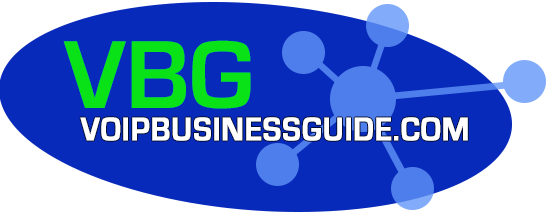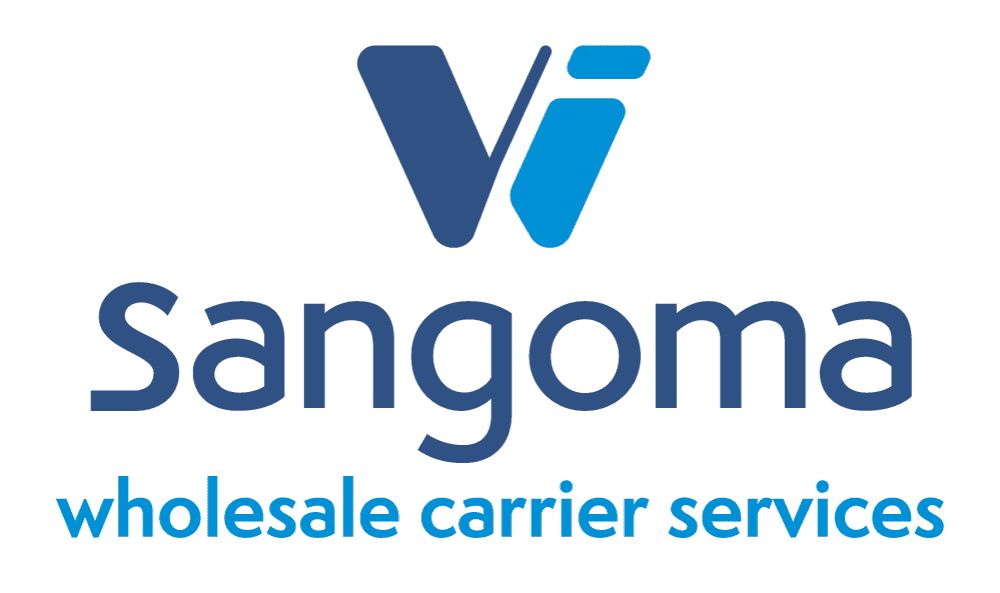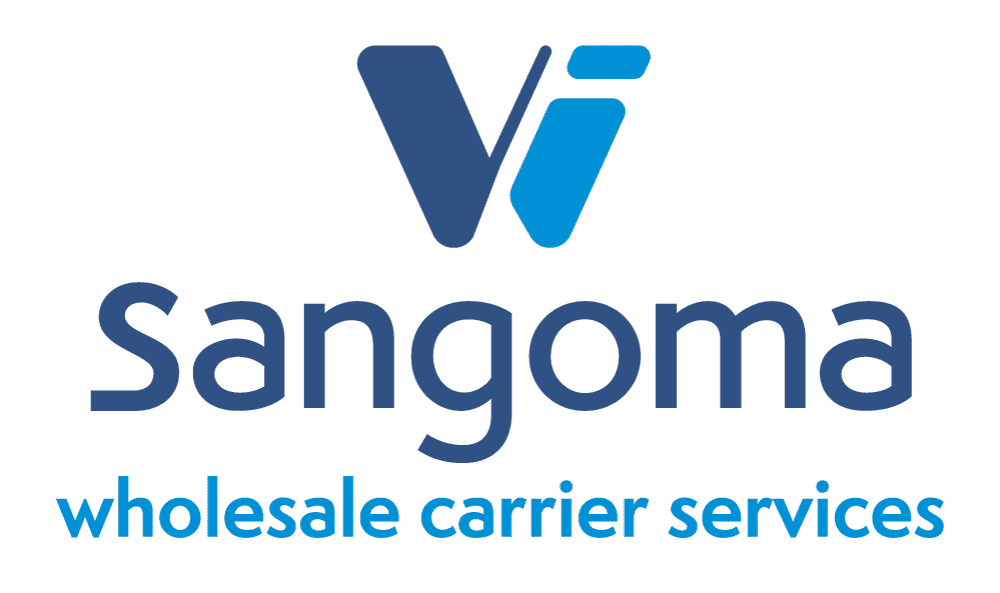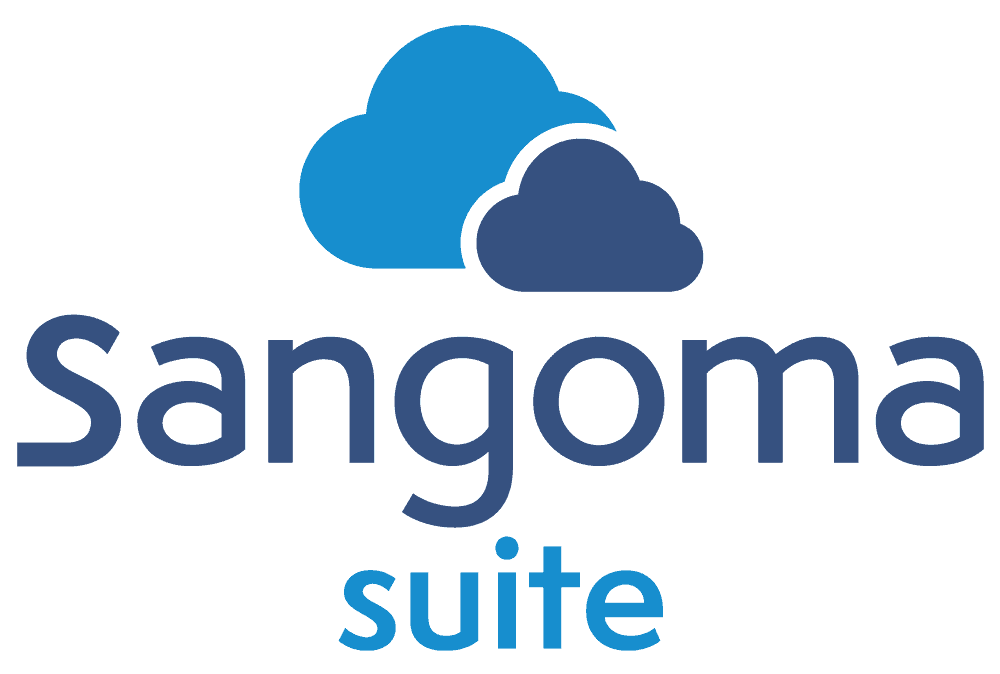The Era of Hybrid Work: Common Trends in the Shift to Flexible Offices
The world as we know it seemingly changes by the day. Today’s businesses – whether due to regulations, logistics, convenience or some combination of the three – are increasingly adopting hybrid work policies for their employees.
According to recent data published by FindStack, today’s remote workforce has grown by 44 percent, worldwide, over the last five years, with 16 percent of companies running “100 percent remote” and nearly 60 percent of U.S. employees teleworking each day.
Earlier in 2021, Forbes Magazine highlighted some of the top trends observed among enterprises shifting to remote staff. While this changeover reflects both positive and negative developments over time, it should be noted that companies continue to adapt to fluctuations with new approaches and developments as the global business landscape evolves around them.
Increased Reliance on Hybrid Work Models
The natural inclination of many organizations is to stagger in-office reporting with remote work, a concept that has become known as the hybrid work model. By dividing days between various physical locations, the concept is that workers can benefit from commute relief while still gaining the added benefit of office socialization, work-task clarity, and security. At the same time, many companies limit telework to hybrid options to increase their assurance that employees are where they say and completing the assignments upon which they agreed.
It should also be noted that remote and hybrid work policy also has a drastic effect on overhead cost, with less need for expansive locations and fewer expenses, equipment investment and – in some cases – HR personnel.
Cloud Services Adoption
With remote work, far and away the most relied-upon software for communication, collaboration, file management and organization is the cloud. “As-a-service” options include Communications Platform as a Service (CPaaS), Desktop as a Service (DaaS), Disaster Recovery as a Service (DRaaS) and Unified Communications as a Service (UCaaS), with more to come!
Organizations tend to prefer these types of software because of the benefits that they offer in terms of capacity (no infrastructure investment), simplicity (fully supported and automatically updated) and functionality (connecting remotely dispersed workers and providing access to secure files).
Altered Cybersecurity Perspective
The basic concepts behind some cybersecurity tenets – for example, sound password management and employee “best practices” – have changed little over the years. Despite this fact, many of today’s enterprises grow increasingly concerned with remote employees’ activity. Are they diligently changing and protecting their passwords? Are they aware of the historic rise in malware, ransomware, and other cyberattacks?
Compounding this issue is the expanded attack surface. With staff more geographically dispersed than ever, the organization’s network – and critical files – become more vulnerable each time a connection is made at each point of entry.
Gone are the days when a business needed only to worry about securing the single-location network. As A10 Networks noted in a recent report, the corporate network “will only be as secure as the home networks they are on.” Consequently, much of today’s remote-work cybersecurity tends to fall on the service provider.
Increasingly Asynchronous & Flexible
With a shift to remote employment, today’s staffer finds it increasingly difficult to strike a home / work life balance. For example, recent estimates by Kentik noted that 51 percent of employees struggle with juggling day-to-day activity and establishing definitive close-of-business hours where the computer gets turned off for the evening.
In response to this issue, many businesses are turning to asynchronous platforms for collaboration. Whereas earlier in the pandemic, organizations frequently embraced massive videoconferences to replace face-to-face interactions, one shift that was observed in 2021 is that allowing employees to respond in their own time has been more effective and productive, especially for jobs that require much time on the phone or at a computer. As Forbes noted, asynchronous communication is particularly useful for companies that are spread across “multiple time zones” in that it allows staff to “better control their workflow.”
How Do You Hybrid?
Has your company shifted to a hybrid workforce? If your current technology infrastructure is holding you back or you’re curious about how you can improve performance, enhance collaboration, and grow your business with solutions built for flexible work, learn more about Connected Workspace and our other business cloud solutions!
The post The Era of Hybrid Work: Common Trends in the Shift to Flexible Offices appeared first on Sangoma.





